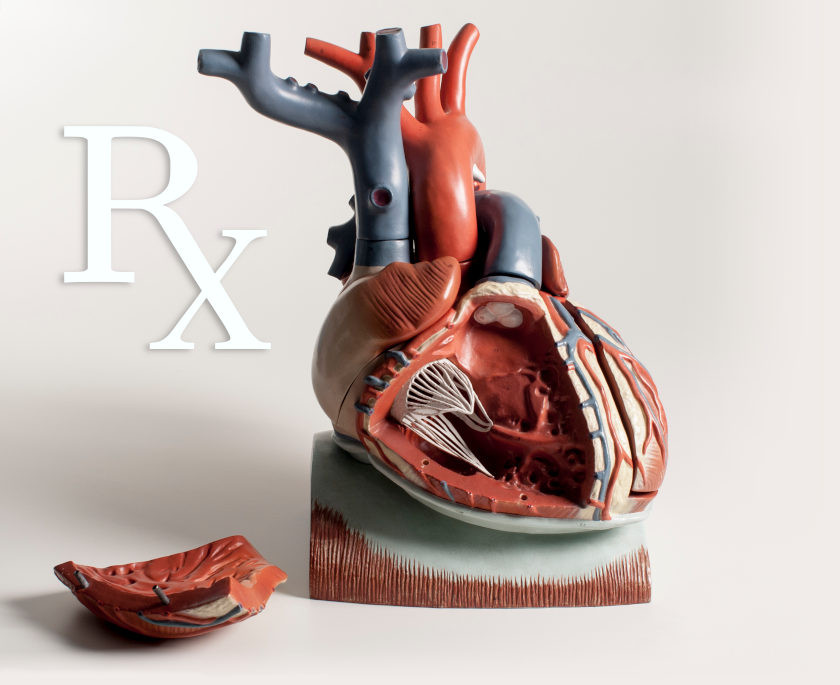The Pharmacologic Treatment of Pulmonary Hypertension
- Page 1: Pulmonary Arterial Pressure
- Page 2: Pulmonary Arterial Hypertension - Types and Causes
- THIS PAGE: Treatment of Pulmonary Hypertension
Rationale for Pharmacologic Treatment
If pulmonary arterial hypertension (PAH) has an identifiable cause, then measures can be taken to resolve the underlying problem. If the diagnosis is primary PAH, or treating the cause of the secondary PAH does not restore normal pulmonary artery pressure, then pharmacologic intervention is required to reduce the pressure. This is done by using vasodilator drugs to decrease pulmonary vascular resistance and lower the pressure. Adjunctive therapy may include diuretics to reduce blood volume, which decreases central venous pressure and right ventricular stroke volume, as well as reduce some signs and symptoms of edema and shortness of breath associated with PAH. Anticoagulants are administered to prevent the formation of pulmonary thrombi.
Drugs Used to Treat Pulmonary Hypertension
Classes of drugs used in the treatment of pulmonary arterial hypertension (PAH) are listed below. Clicking on the drug class will link you to the page describing the pharmacology of that drug class.
- Diuretics
- thiazide diuretics
- loop diuretics - Vasodilators
- calcium-channel blockers
- prostacyclin agonists
- endothelin receptor antagonists
- inhaled nitric oxide
- soluble guanylyl cyclase stimulators
- cGMP phosphodiesterase (PDE5) inhibitors
Revised 11/30/2023

 Cardiovascular Physiology Concepts, 3rd edition textbook, Published by Wolters Kluwer (2021)
Cardiovascular Physiology Concepts, 3rd edition textbook, Published by Wolters Kluwer (2021) Normal and Abnormal Blood Pressure, published by Richard E. Klabunde (2013)
Normal and Abnormal Blood Pressure, published by Richard E. Klabunde (2013)